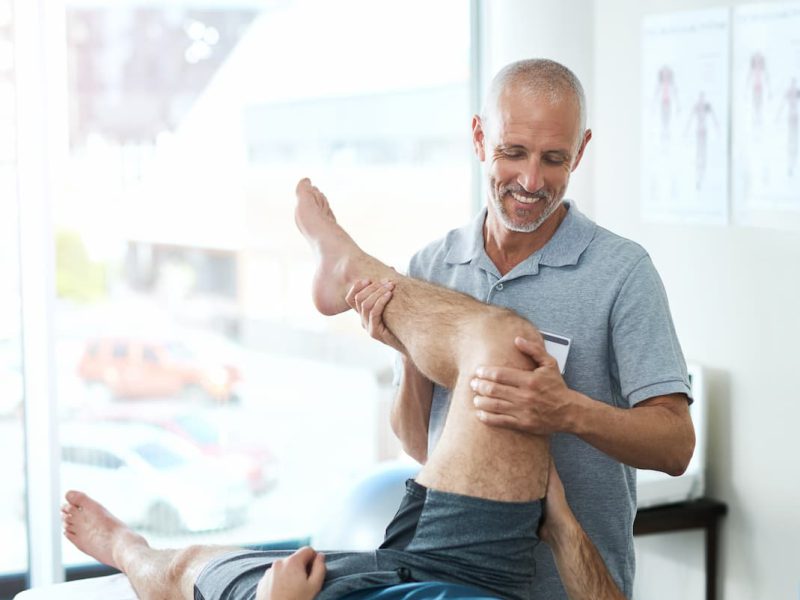Restless Leg Syndrome
Restless leg syndrome
RLS is a sensory and motor disorder defined. Imperious need to move the legs, generally accompanied or caused by an unpleasant sensation, pain or discomfort in the legs.

Restless legs syndrome diagnostic criteria
- Symptoms appear and worsen with inactivity, sitting or lying down.
- Symptoms disappear or improve with movement.
- Ritmo circadiano, de predominio al atardecer y anochecer.
- Sleep disorder.
- Periodic leg movements during sleep.
- Involuntary movements of the legs during wakefulness.
- Normal neurological examination.
- Family background.
- Patients report a discomfort that is difficult for them to define, burning, tightness, pressure, tickling, tingling, bubbling, pain, etc. Others simply describe it as nervousness, restlessness or restlessness.
- It is located preferably in the legs, between the knee and the ankle.
- When they are sitting or lying down and it prevents them from standing still.
- They stretch their legs, rub against each other, move them and finally have to get up and walk, which alleviates the condition, although if they sit or lie down again, it reappears in a short time.
- This symptomatology appears with more intensity at the end of the day, when they sit down for dinner or after dinner, and especially when they go to bed.
- It can appear at night, but you cannot sleep because the discomfort in your legs prevents you from doing so and forces you to move them, you get them out of bed looking for freshness and finally you have to get up.
- Complementary tests are necessary as an auxiliary method to ensure diagnosis and assess severity.
- The diagnostic tests that we can use are the following: Sleep laboratory studies: Polysomnography. Suggested immobilization test. Actimetry. Pharmacological tests.
- According to the guidelines prepared by the European Restless Legs Syndrome Study Group (EURLESSG), patient assessment by a sleep specialist is advisable in the following situations: Poor response to treatment or treatments usually recommended. atypical symptoms. Daytime sleepiness as the main symptom

